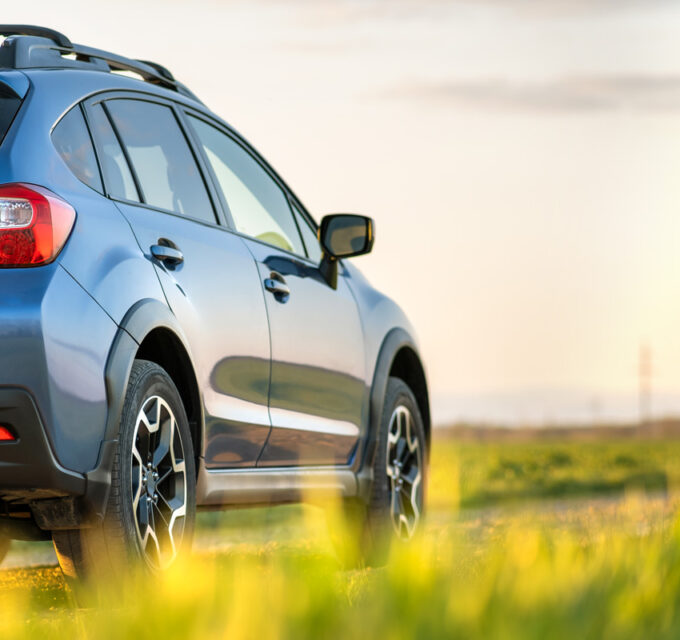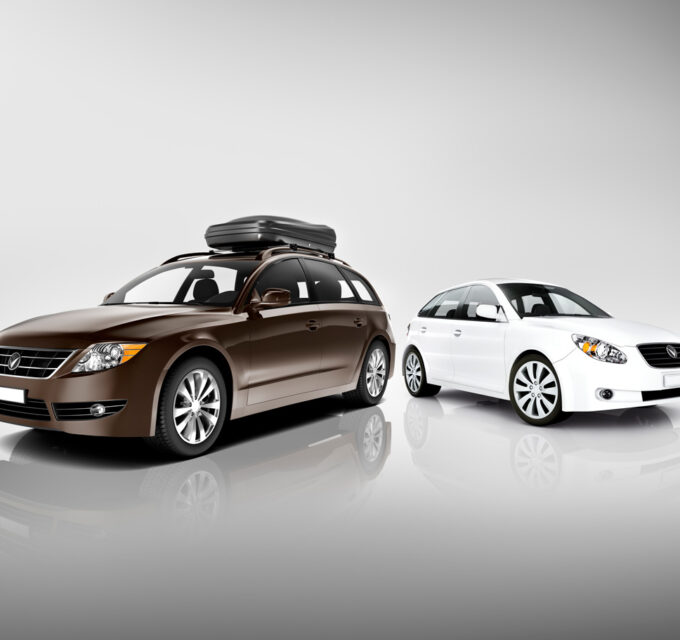Driving long distances or even short commutes can take a toll on your body if your car isn’t properly set up for comfort and safety. Poor ergonomics can lead to fatigue, discomfort, and even long-term health problems like back pain, neck stiffness, and joint issues. Fortunately, by making small adjustments to your car’s interior, you can create an ergonomic setup that improves comfort, reduces strain, and enhances overall safety while driving.
Here are some expert tips on how to optimize your car’s interior for the best driving experience.
1. Seat Positioning
The position of your seat is the foundation of a comfortable and safe driving posture. Adjusting it correctly can help prevent back pain, improve control over the car, and reduce fatigue on long drives.
Tips for Proper Seat Positioning:
- Distance from the pedals: Position your seat so that you can comfortably reach the pedals without fully extending your legs. Your knees should remain slightly bent (around a 120-degree angle) when pressing the pedals. This reduces strain on your legs and allows better pedal control.
- Seat height: Raise or lower the seat so your hips are level with your knees or slightly above. This promotes better blood circulation and reduces lower back pressure. Make sure you have a clear view of the road and dashboard without having to crane your neck.
- Backrest angle: The backrest should be reclined slightly, around 100-110 degrees, to support the natural curve of your spine. Avoid sitting too upright or too reclined, as both can lead to discomfort and poor control over the vehicle.
- Lumbar support: If your car has adjustable lumbar support, position it so that it fits snugly against your lower back. If not, consider adding a lumbar cushion to fill the gap between your lower spine and the seat.
Tip: Adjust your seat before you start driving, ensuring that your arms and legs can move freely without strain.
2. Steering Wheel Position
A properly adjusted steering wheel reduces strain on your shoulders, arms, and neck, while also ensuring that you can react quickly in an emergency.
Tips for Steering Wheel Adjustment:
- Distance: Position the steering wheel so that it’s around 10-12 inches (25-30 cm) from your chest. This allows enough room for the airbag to deploy safely in the event of an accident while keeping the wheel within easy reach.
- Angle: The steering wheel should be angled so that your hands are at the 9 o’clock and 3 o’clock positions, ensuring a comfortable grip with slightly bent elbows. This position reduces arm strain and enhances control.
- Tilt: Some cars allow you to tilt the steering wheel. Adjust it so that the center of the wheel is aimed at your chest, not your face. This optimizes control and safety.
Tip: Make sure you can see the entire dashboard and instrument panel without adjusting your head position, as this helps you monitor your speed and other important indicators more easily.
3. Headrest Adjustment
The headrest plays a crucial role in preventing whiplash during a crash, as well as providing support for your neck on long journeys.
Tips for Proper Headrest Position:
- Height: Adjust the headrest so that the top of the headrest is at least level with the top of your head. This ensures that your neck is properly supported.
- Distance from your head: The headrest should be no more than 2-3 inches (5-7 cm) behind your head. This close distance provides immediate support in case of sudden stops or impacts.
Tip: Avoid slouching, as this can position your head away from the headrest, making it less effective in preventing injuries.
4. Mirror Setup
Improperly adjusted mirrors can lead to poor visibility, increasing the likelihood of accidents. Ensuring that your rearview and side mirrors are correctly positioned can help eliminate blind spots and reduce strain on your neck from frequent head-turning.
Tips for Mirror Adjustment:
- Rearview mirror: Position the rearview mirror so that you can see the entire rear window without needing to move your head.
- Side mirrors: For side mirrors, a common technique is the blind spot elimination method:
- Lean your head toward the driver’s window and adjust the left side mirror so you just barely see the side of your car.
- Lean toward the center of the car (above the center console) and adjust the right side mirror similarly. This setup expands your field of view and minimizes blind spots.
Tip: Check your mirrors before driving off to ensure they are correctly positioned after parking or sharing the car with someone else.
5. Foot Position and Pedal Setup
Proper foot positioning is crucial for maintaining control of the car and preventing leg and ankle strain, especially during long trips.
Tips for Optimal Pedal Setup:
- Pedal reach: Make sure you can comfortably press the brake and accelerator without overstretching your feet. Your heel should remain on the floor, allowing you to pivot easily between pedals.
- Footrest: Use the footrest (if available) for your left foot to provide support when you’re not using the clutch in a manual car or just for general comfort in an automatic. This helps prevent fatigue during long drives.
Tip: If your car allows, adjust the pedals to fit your natural sitting posture rather than adjusting the seat too far forward or back.
6. Climate Control for Comfort
The temperature inside your car plays a key role in keeping you alert and comfortable during drives. If your cabin is too hot or cold, it can lead to discomfort and reduced concentration.
Tips for Climate Control:
- Temperature: Set the temperature to a comfortable level, ideally between 21-24°C (69-75°F). This helps prevent drowsiness or discomfort during extended drives.
- Airflow direction: Ensure that the airflow from vents is directed away from your face and hands to avoid dry eyes or stiff hands during long drives. Directing air toward your torso or legs can provide comfort without distractions.
Tip: Make sure that both you and your passengers are comfortable by adjusting the climate control to their needs.
7. In-Car Technology and Control Access
Modern cars are packed with advanced technologies such as infotainment systems, navigation screens, and driver assistance features. However, improperly positioned or difficult-to-reach controls can be distracting and dangerous.
Tips for Accessing In-Car Controls:
- Infotainment and GPS: Set up your navigation system and music or infotainment before you start driving. If you need to adjust anything mid-drive, use voice commands or designated buttons on the steering wheel to minimize distractions.
- Touchscreens and buttons: Ensure that essential controls, such as the volume knob, air conditioning, or windshield wipers, are within easy reach without requiring you to look away from the road.
- Smartphone placement: If you’re using your phone for navigation, mount it in a secure location where you can glance at it without taking your eyes off the road. Use hands-free systems whenever possible.
Tip: Familiarize yourself with all controls in the car before starting your journey to avoid distractions on the road.
8. Maintaining Good Posture
Good posture while driving can help prevent aches and pains, especially on long drives. Slouching or leaning forward can strain your back, neck, and shoulders over time.
Tips for Maintaining Proper Posture:
- Sit back in the seat: Your back should be fully supported by the backrest, and your hips should be aligned with your spine.
- Keep both hands on the wheel: The “9 o’clock and 3 o’clock” position is recommended for better control and to reduce fatigue in your arms and shoulders.
- Stretch during breaks: On long trips, take regular breaks to stretch and walk around to improve circulation and prevent stiffness.
Tip: Adjust your posture every once in a while during long drives to ensure you remain comfortable and alert.
Optimize Your Driving Comfort and Safety
Setting up your car’s interior for optimal ergonomics not only enhances comfort but also contributes to your safety on the road. By adjusting your seat, mirrors, steering wheel, and other controls to suit your body and driving style, you can reduce strain and drive more confidently. Implementing these ergonomic tips will ensure you enjoy a comfortable and safe driving experience, whether on short commutes or long road trips.






